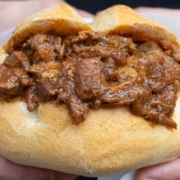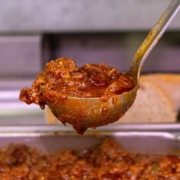Discovering Quinto Quarto: A Culinary Journey
Until recent years, meat was a luxury enjoyed only by the privileged few, typically confined to the upper echelons of society. For those unable to indulge in prime cuts, options were limited to grains, legumes, or the utilization of less conventional parts of the animal.
Unveiling the Origins of Quinto Quarto
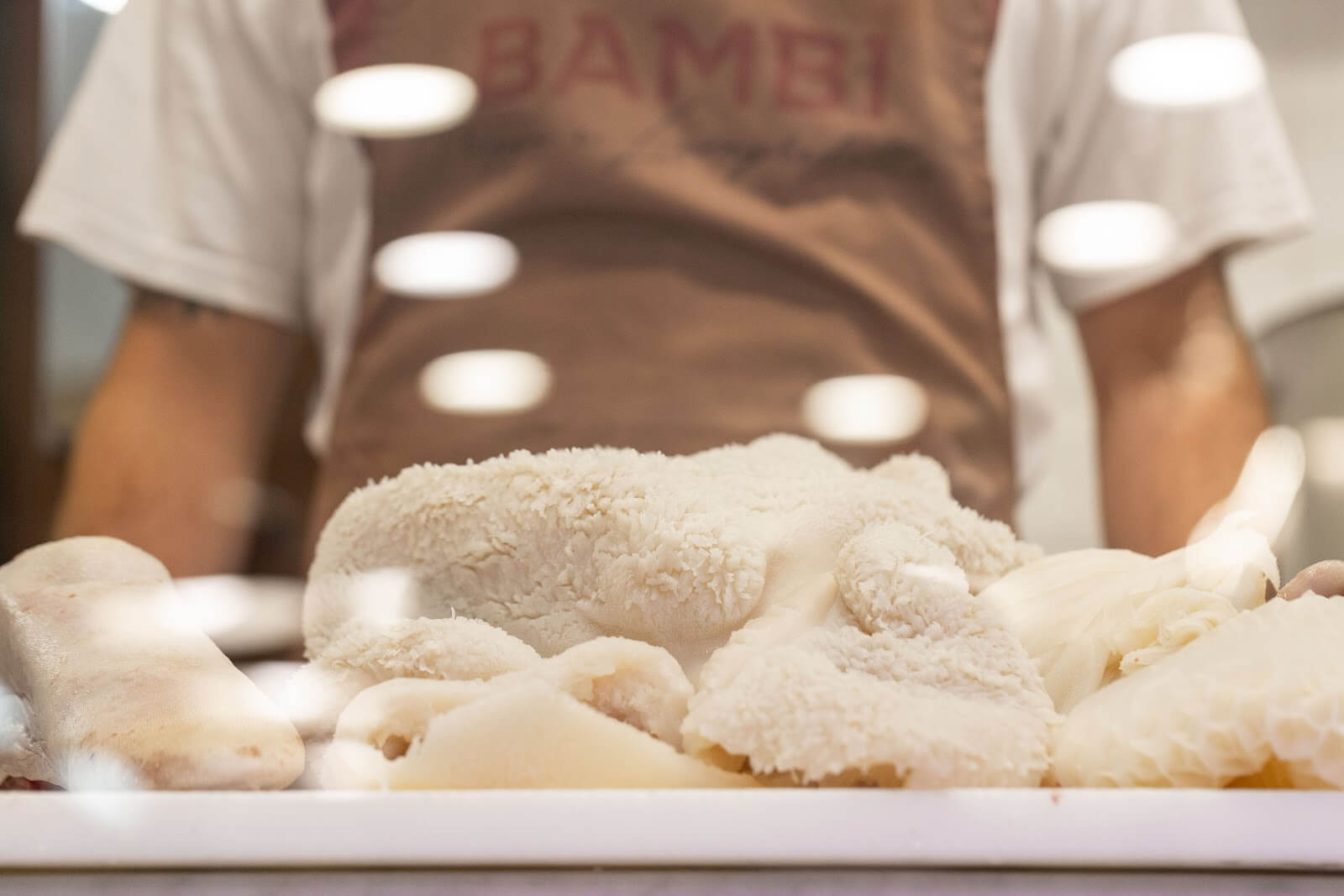
Quinto quarto, or offal, refers to the less conventional parts of the animal, termed as such because they constitute what remains beyond the four primary cuts – front and rear – of the animal. Essentially the “fifth quarter,” it predominantly comprises internal organs, often boasting distinctive flavors and textures. This category encompasses a range of cuts, including:
- Tripe
- Lampredotto
- Kidneys
- Heart
- Lungs
- Liver
- Spleen
- Sweetbreads
- Small intestine
- Testicles
- Breast
- Brain
- Tongue
- Tail
- Legs
- Nerves
- Matrix
While these offerings may not appeal to all palates due to their robust flavors and varied textures, they hold a revered place in culinary history.
Embracing Quinto Quarto in Modern Gastronomy
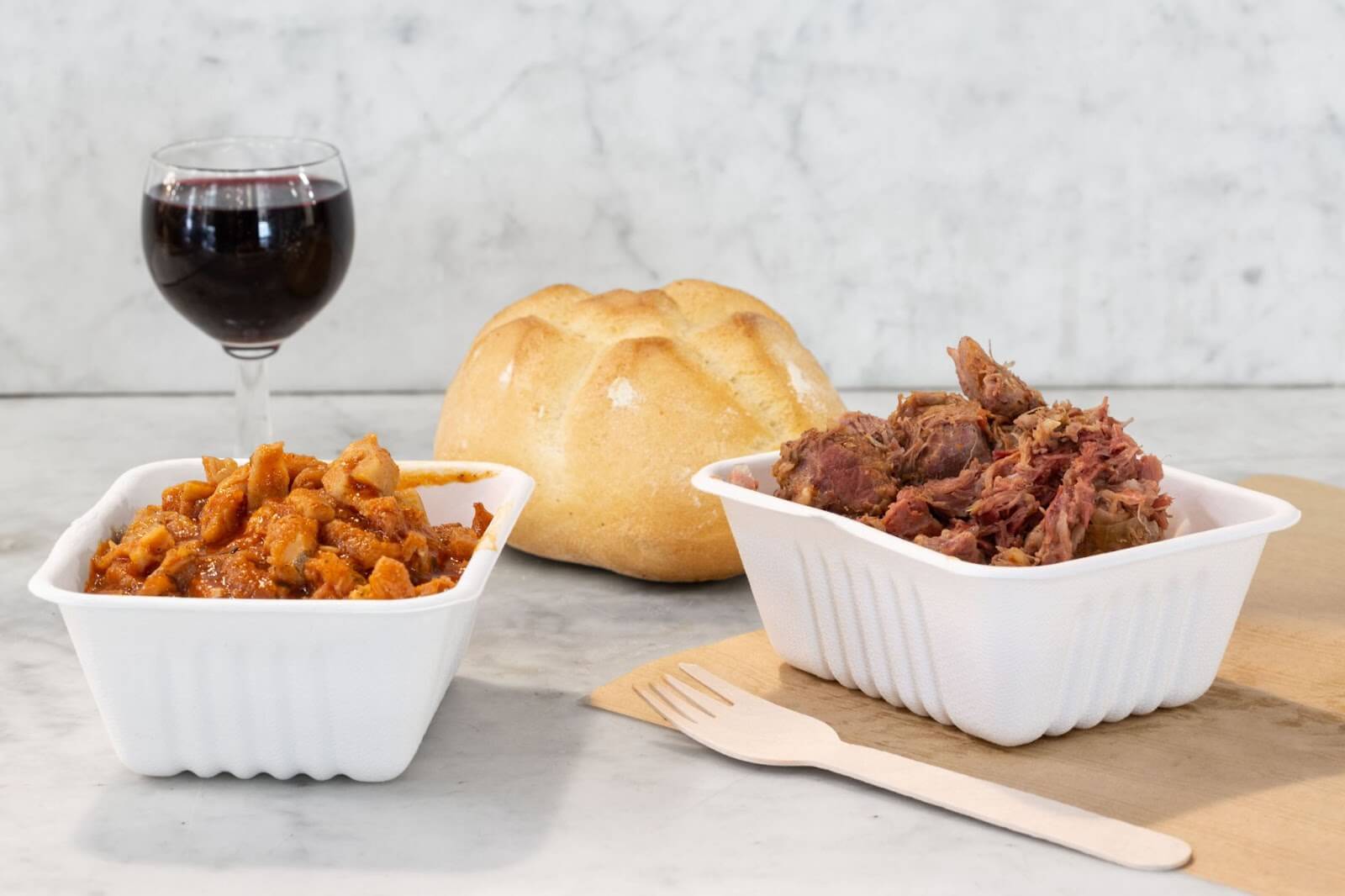
Despite once being relegated to the fringes of culinary culture, offal has experienced a resurgence in popularity. With meat becoming more accessible across all socioeconomic segments, offal is now celebrated as a delicacy worth exploring. Renowned chefs across Italy have integrated quinte quarto into their menus, with some establishments even specializing in offal-centric cuisine, such as Trippa Milano by chef Diego Rossi.
This revival has bridged the gap between traditional tavern fare and haute cuisine, with offal being used to revive classic dishes while also inspiring inventive and unconventional culinary creations.
Quinto Quarto at Bambi: Honoring Tradition
Bambi Trippa e Lampredotto is dedicated to preserving and promoting Florence’s culinary heritage beyond its borders. Whether at the Central Market of Florence, the Central Market of Milan, or the stalls of the Central Market at the I Gigli Shopping Center in Campi Bisenzio, patrons can savor authentic Florentine specialties crafted by a family with a longstanding tradition in the tripe trade.
Visualizza questo post su Instagram
Visualizza questo post su Instagram
Visualizza questo post su Instagram
Visualizza questo post su Instagram

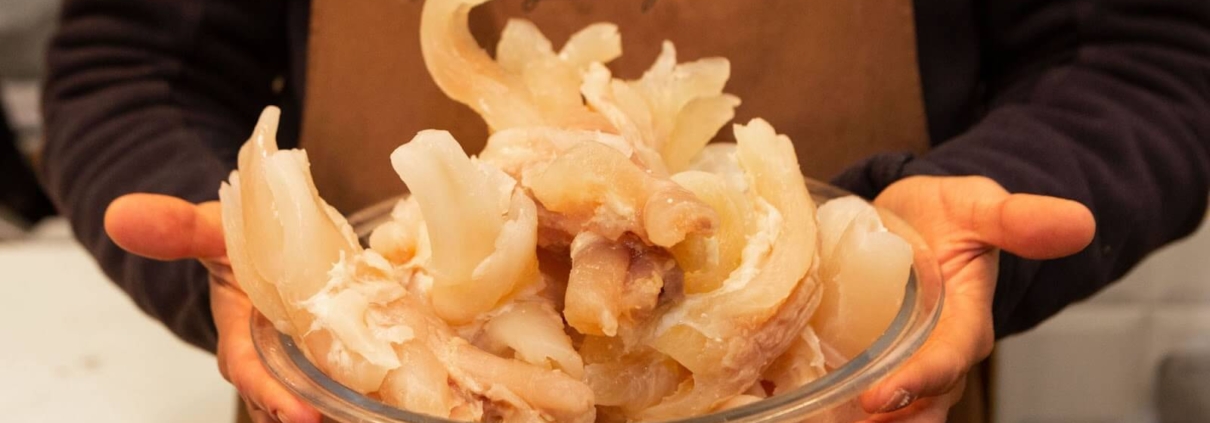


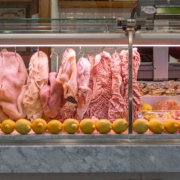
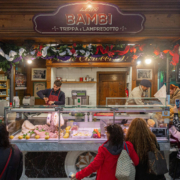
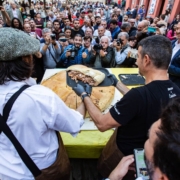 Digital Tomato
Digital Tomato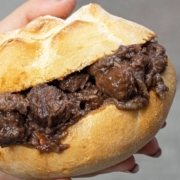 Digital Tomato
Digital Tomato